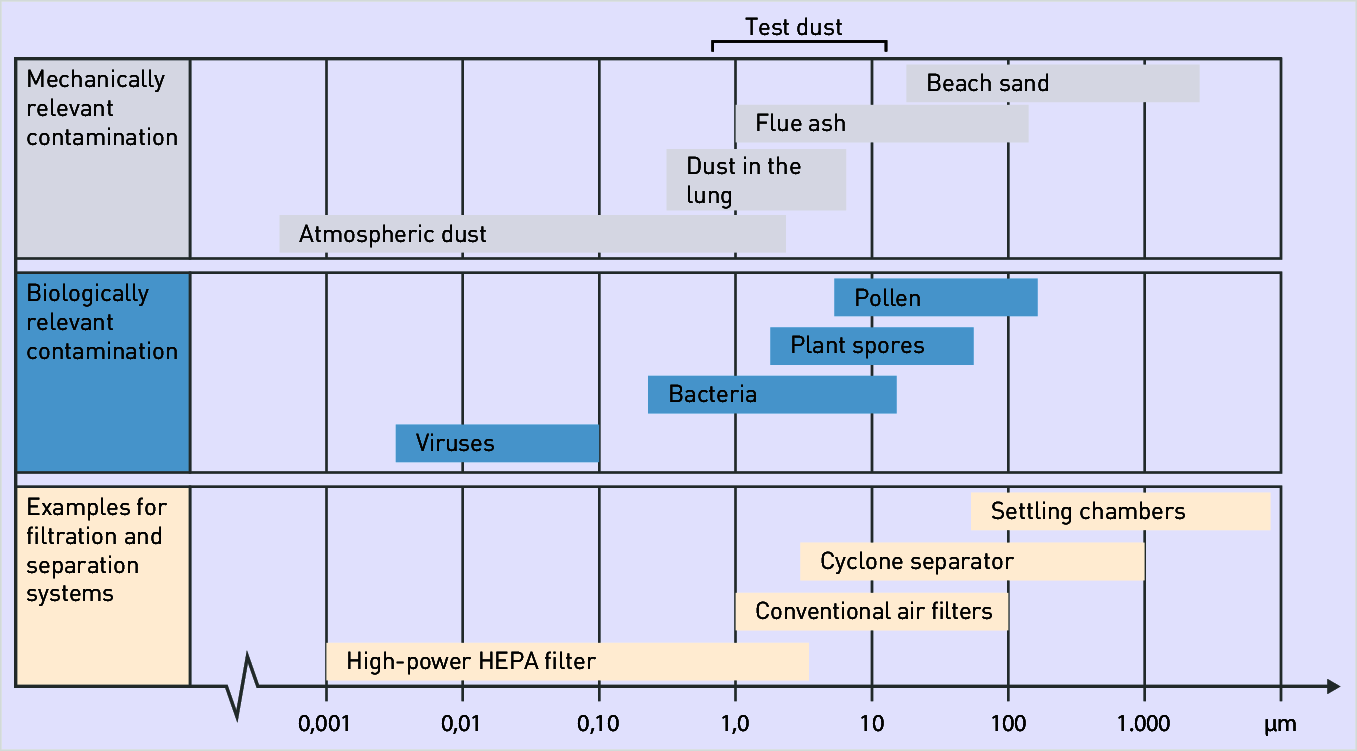Hygiene is paramount in hospitals. Spreading of germs,or hospitalism, is a permanent danger to patients with an already weakened immune system. In terms of hygiene, the influence of luminaire protection ratings against ingress e.g. dust, with regard to maintenance of hygiene standards in healthcare rooms is often debated.
Hygiene in hospitals
Fundamentally, luminaires do not contaminate a room’s air. Problems can only arise if an ingress of contaminating germs and the subsequent formation of breeding areas over extended periods of time due to a lack of cleaning opportunities is possible. Therefore, either open and freely accessible luminaires (such as louvre luminaires) or luminaires with appropriately elevated protection ratings are generally required. For example, louvre luminaires have been installed in intensive care units without any concern raised by the building hygienist.
In rooms with elevated hygiene requirements, luminaires with IP54 or IP65 protection ratings are predominantly used since elevated protection ratings are required for reasons of electrical safety during disinfection measures such as washing down walls and ceilings.
A much more pressing issue is adequately sealing the suspended ceiling in rooms with higher hygienic requiements, e.g. an operating theatre and its auxiliary rooms. Luminaires recessed in suspended ceilings can promote an uncontrolled spread of germs from the suspended ceiling area towards the cleanroom. Consequently, recessed luminaires must be hygienically sealed in terms of their construction from the intermediate ceiling space, and also during installation. In most cases, however, the suspended ceiling is kept under slightly low pressure so that the air can only travel from the cleanroom into the intermediate ceiling space and not the other way. Furthermore, the OR and its adjacent rooms are mostly operated with the same ventilation and filtration system, so that a spread of germs from other areas of the hospital into this clean area is reduced.
In operating theatres, cleanroom luminaires with IP65 protection rating are used predominantly. Luminaires of this type are tested to meet requirements of limiting the spread of bacteria. During testing for dust resistance, luminaire run at an operating-temperature is introduced into a dust-particles testing booth with suspended dust and switched off after 1 minute. The luminaire cools down within 3 hours and would suck in dust through the seal with protection ratings lower than IP65. If the test result is IP65 "dust-proof", it means that there was no ingress of dust.
According to EN 60598-1 the appropriate dust must be tested for grain size by using a 50 μm wire diameter mesh with an aperture of 75 μm to meet the requirements of the basic standard EN 60529.
The specific dust used in the TRILUX laboratory (talcum), however, has a much smaller grain size. Dimensions (statistical averages) for reference:
95% of the talcum has a grain size of < 13,1 μm
75% of the talcum has a grain size of < 7,3 μm
50% of the talcum has a grain size of < 4,7 μm
25% of the talcum has a grain size of < 2,8 μm
The comparison with the size brackets for airborne contamination (see figure) shows: The predominant size bracket for bacteria exceeds the smallest grain size in the dust used and thus bacteria cannot penetrate the IP65 luminaire. IP65 protection rating luminaires are practically bacteria-proof. Furthermore: germs, bacteria and viruses are mostly bound to particles (matter) and both would need to penetrate the luminaire (if there is no high protection rating to prevent it).
"Dust-proof" IP54 protection rating luminaires in many cases also fulfil hygiene requirements for healthcare rooms.

Figure 3.131: Particle size of air contamination and air filter properties